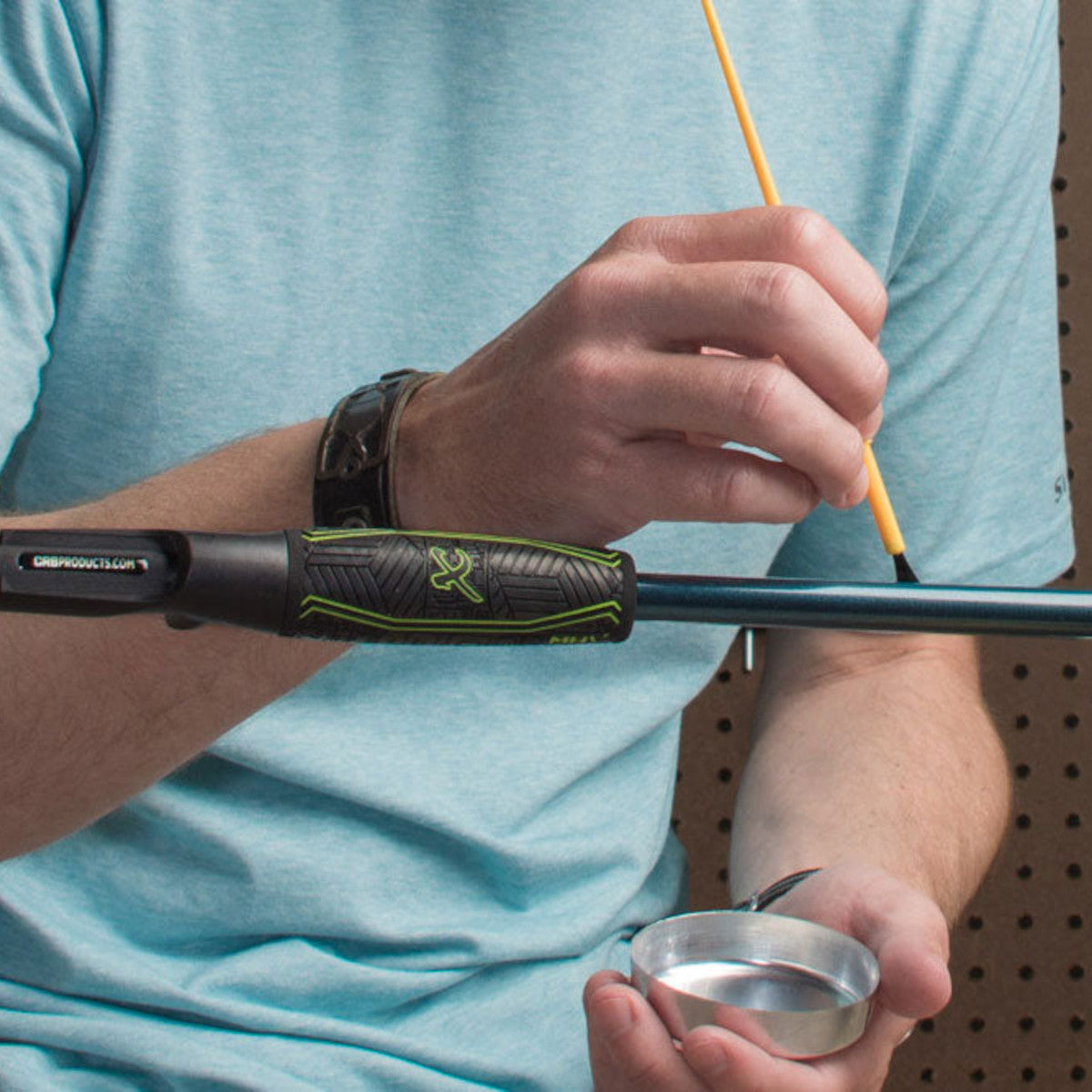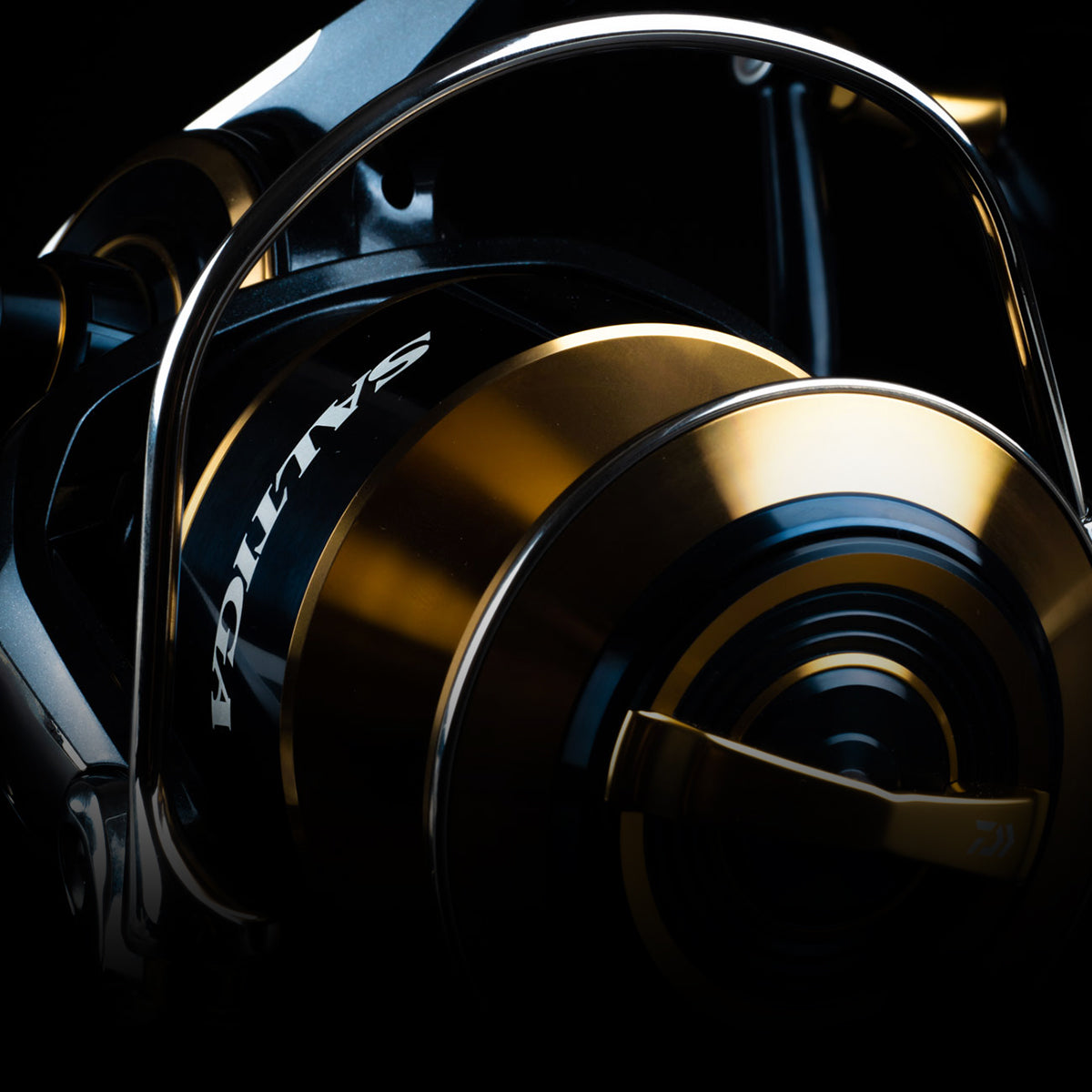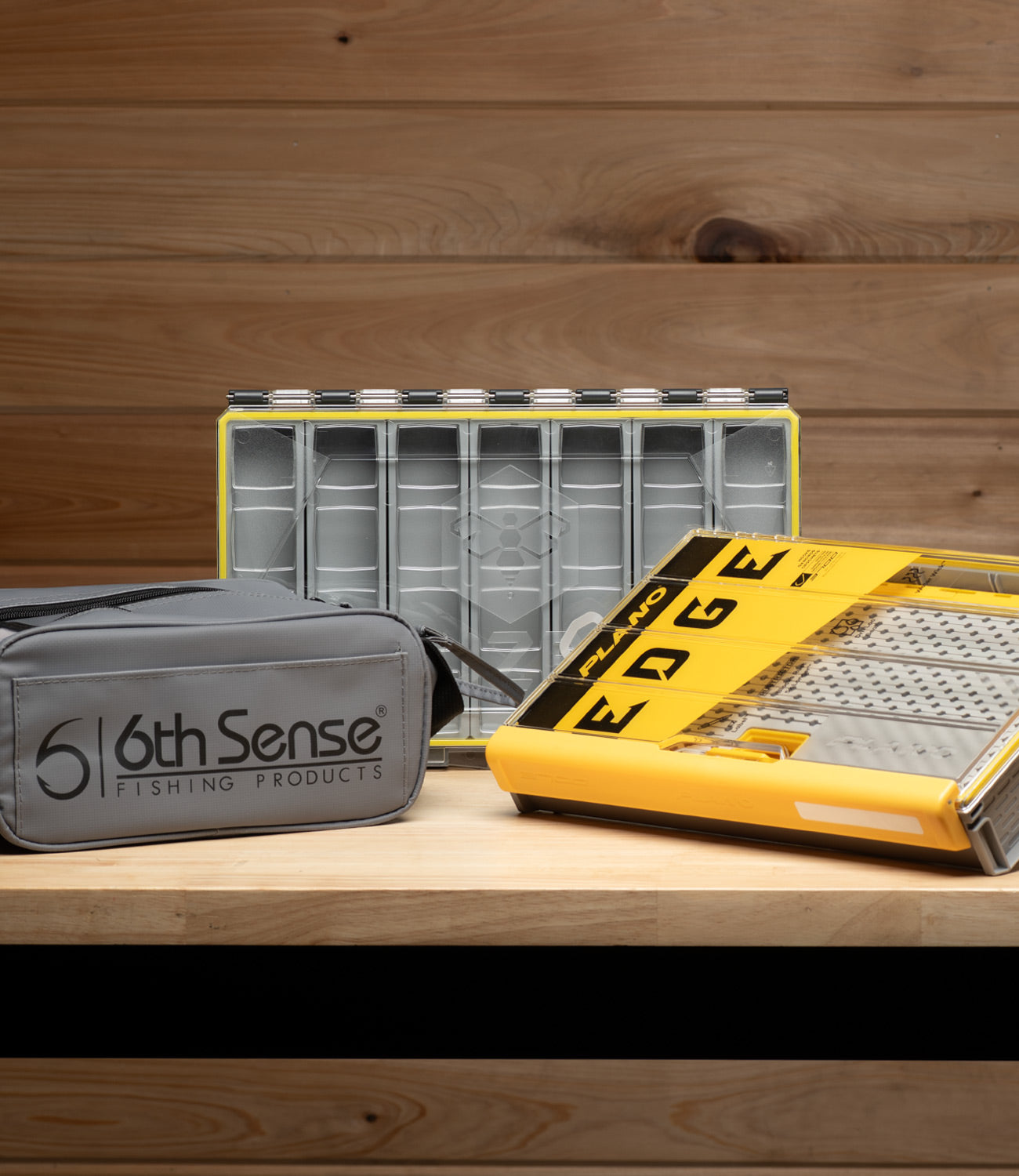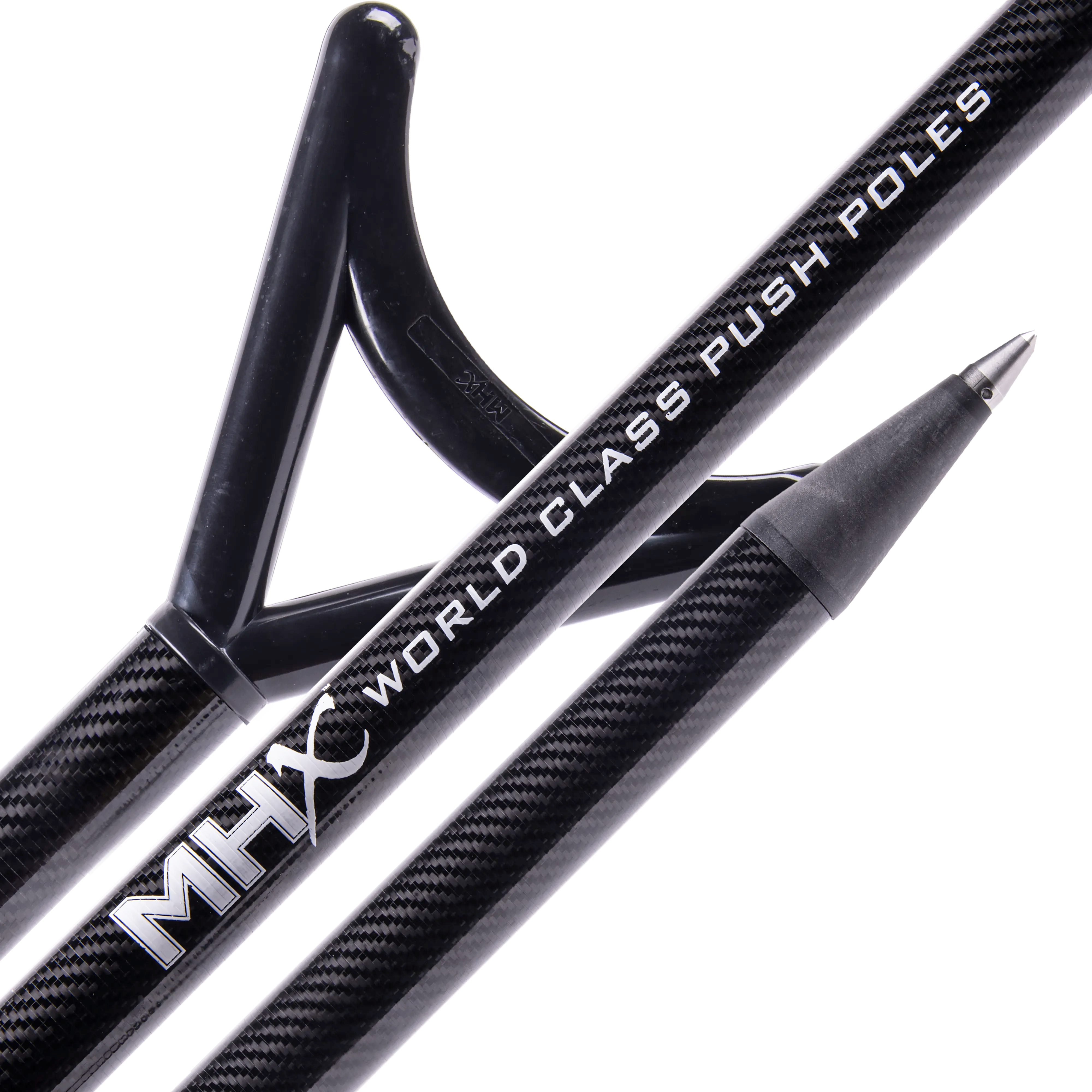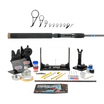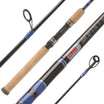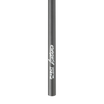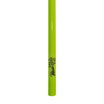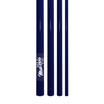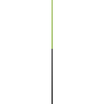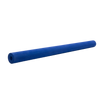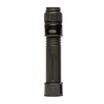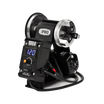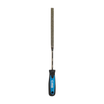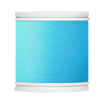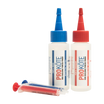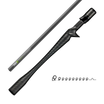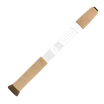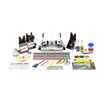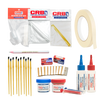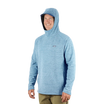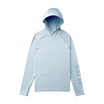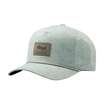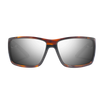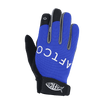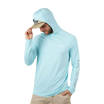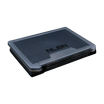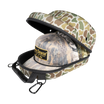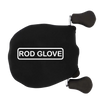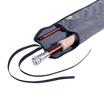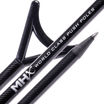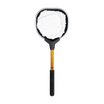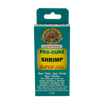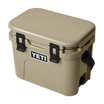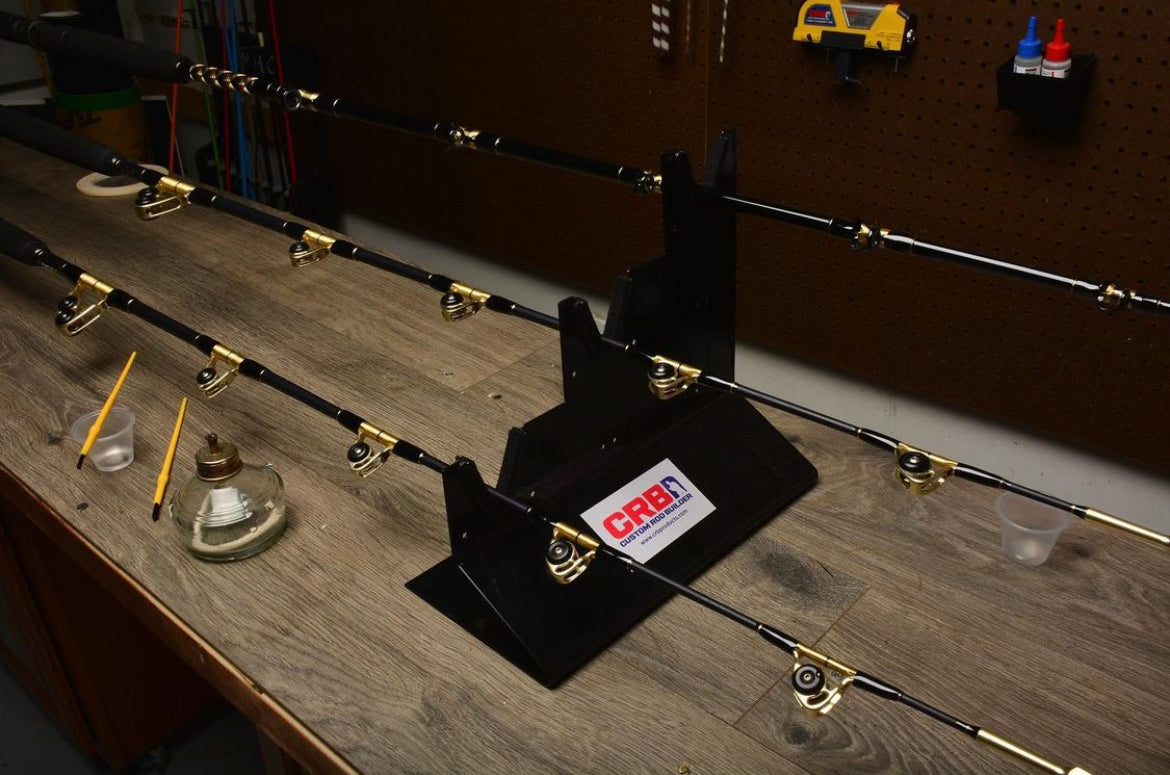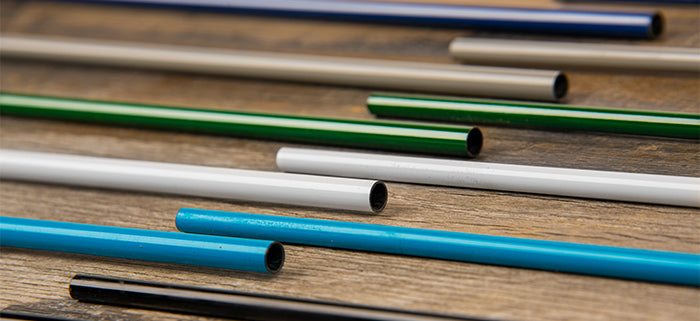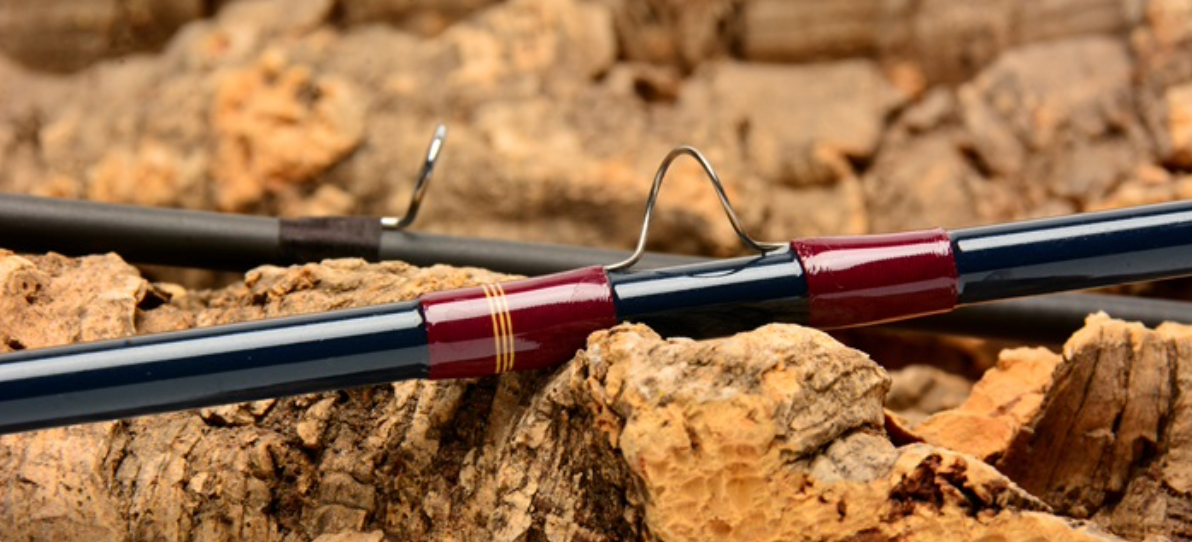See what different combinations of offshore rod guides can be used to lighten your trolling rod, while also boosting performance by increasing the number of hook ups that land in your boat.
Custom Offshore Trolling Rod Guides
Building offshore rods for trolling applications is about the balance between performance, weight, and durability.
Sometimes in order to achieve the best combination of components on a trolling rod, you have to customize the rod beyond what is merely available off the factory shelf.
Rod building is more than customizing just the rod’s appearance, it’s about taking the demands of your fishing application and then tailoring your fishing rod to excel under each desired specification.
For instance, choosing a rod blank according to the demands of your fishing application is one thing, but then customizing that blank with the right rod guides, tip top, and handle setup can make a world of difference on the water.
Let’s take a look at some different offshore rod guides and why they work in specific trolling applications.
Offshore Roller Guides
Trolling rods and roller guides go hand in hand.
Roller Guides are popular in all trolling applications, but they are especially useful in heavier pelagic offshore fishing applications. This means roller guides are commonly seen on heavy trolling rods built to handle fish like tuna, billfish, and wahoo.
When big fish like these run in deep water, even the heaviest of offshore blanks will have a good bend in it. With conventional guides, this can create some problem areas pretty fast.
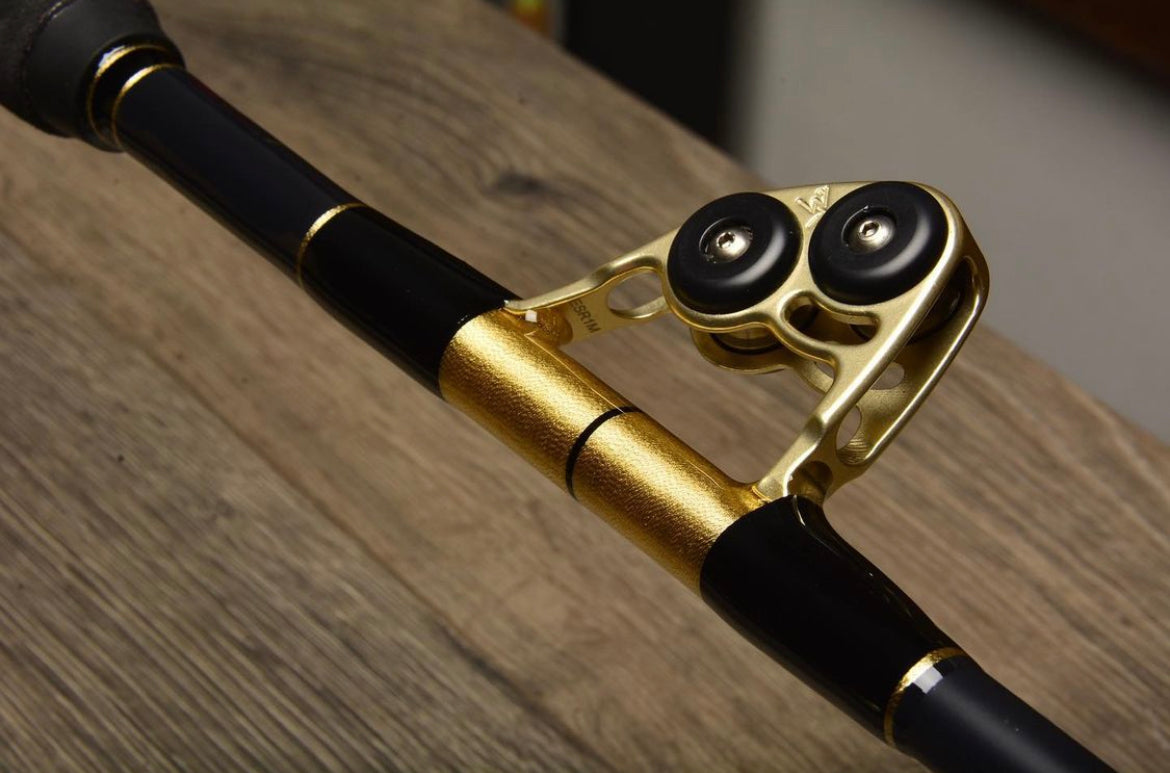
For one, the increased friction can ruin the fishing line, but second, the pressure of the line and rod blank on the guides can create weak points that can’t handle the stress.
So when you’re fishing for giant game fish, roller guides are a must because you can fish more successfully since the line is far less likely to snap at those moments of greatest stress when fighting a fish.
If you are considering roller guides, check out our selection of sizes, colors and materials from AFTCO, Pacific Bay, Winthrop, and more.
Offshore Turbo Guides
Turbo Guides are a lot like a souped up casting guides made for offshore fishing, like trolling or bottom fishing.
While roller guides are great for heavy applications, they do add a considerable amount of weight to the rod. This means that for applications like lighter trolling or fishing for bottom feeders, you can eliminate that added weight by going with turbo guides instead.
These turbo guides are great for bottom rods because braid is often used, which has a thinner diameter and can get caught between roller wheels and the frames. This makes turbo guides popular for light trolling as well as bottom fishing, such as snapper and grouper.
Turbo guides are an excellent option for light trolling and bottom rods because they reduce line friction like rollers, but without adding all the extra weight to your fishing rod that roller guides do.
So when your offshore applications calls for something lighter than rolling guides that can still stand up to saltwater fishing applications, turbo guides are your best bet.
For example, the CRB Heavy Duty Turbo Guides are designed with a polished stainless steal frame and paired with elite grade rings for incredible performance that withstands saltwater’s greatest tests. Lighter than roller guides, but just as durable, these turbo guides have a place of their own in the offshore fishing game.
Check out more turbo guides to see what could work for your next offshore rod!
Customizing Offshore Fishing Rod Guide Trains
The beauty of rod building is not only the look of the finished product, but how well the rod you built will handle your fishing application.
Customizing a fishing rod’s individual components beyond factory settings can help you do some really cool things with your fishing rod.
For example, one of our guys here at Mud Hole wanted to build a mahi rod that truly dials into the performance demands of the application. So long story short, he set out to find the best custom components to build his light offshore trolling mahi rod.
After finishing the rod and landing multiple fish, he brought it back to Mud Hole and showed off his work. The most striking aspect of his custom mahi rod was the guide train.

Rather than going with straight roller guides or turbo guides, he went with a roller stripper guide followed by turbo guides and a roller tip top.
This brought about a few interesting questions and we sat down to discuss his reasoning behind this particular guide train.
Why did you start with a roller guide as the stripper?
Well, roller guides are used for Trolling applications, most commonly offshore saltwater, and usually found on 20-25# class rods.

These guides are best suited for reels spooled with Monofilament, and the height of my reel made the roller guide as a stripper the best option.
What are the performance benefits that come with your roller stripper to turbo guide transition?
Offshore reels are usually relatively large, to accommodate extra line capacity. They are much taller than other conventional reels, which can result in a sharper angle from the top of the spool to the first guide on the rod.
Using a roller guide actually reduces the friction on the line as a result of that angle.
Cutting down line mishaps and increasing the rod’s potential performance with that given reel setup, the roller guide stripper was first custom choice I made.
Why is this unconventional guide train beneficial to the application?
I don’t think it’s unconventional at all for the application, its very common.
Using a roller stripper will prevent friction, heat etc. on the line which can lead to failure or premature wear.
Using only the roller stripper guide, and not a complete roller guide train is beneficial on lighter class trolling rods as roller guides can be a bit bulky and are heavier than a Turbo Guide or heavy conventional ring guide…not to mention significantly more expensive.
What blank did you pair with this particular setup and why?
This set up was on a PTSW78MH-MHX, paired with 30lb monofilament. The Power Tip Blanks are great because they offer a light tip followed up with some serious back bone when you need to turn a fish.

Using a 15-30 class rod with a lighter tip is important fishing off the coast in Florida in clear water, fish are smarter than a lot of people think. Running baits on lighter line/leader can generate bites on fish that have seen pressure when heavier rigs have failed.
When you use a lighter line, it’s important to pair it with a lighter rod with a softer tip as you want to avoid “horsing the fish” and ultimately risk breaking your line…the PTSW78MH-MHX offered great balance of softness and power.
Obviously these benefits aren’t possible without rod building, can you briefly talk about how rod building adds to your fishing preparation and performance?
Building these custom to allows me to manipulate the guide sizing and placement to perfectly match the line flow with the curve of the rod under load.
The rod blank is a tool, its designed to help you land your fish. Setting up the guides to flow with that rod will ultimately help you fish and actually land fish better.

Building custom also allowed me to match the reels perfectly.
Plus, looking good when you load up the rods and head out of port is probably the second most important ingredient of a successful fishing trip, because if all else fails… you look cool and feel ready to rock!
Now Build Your Own Offshore Saltwater Rod
Take these tips and build your next fishing rod for the superior performance it takes to catch your dream fish.


